Menu
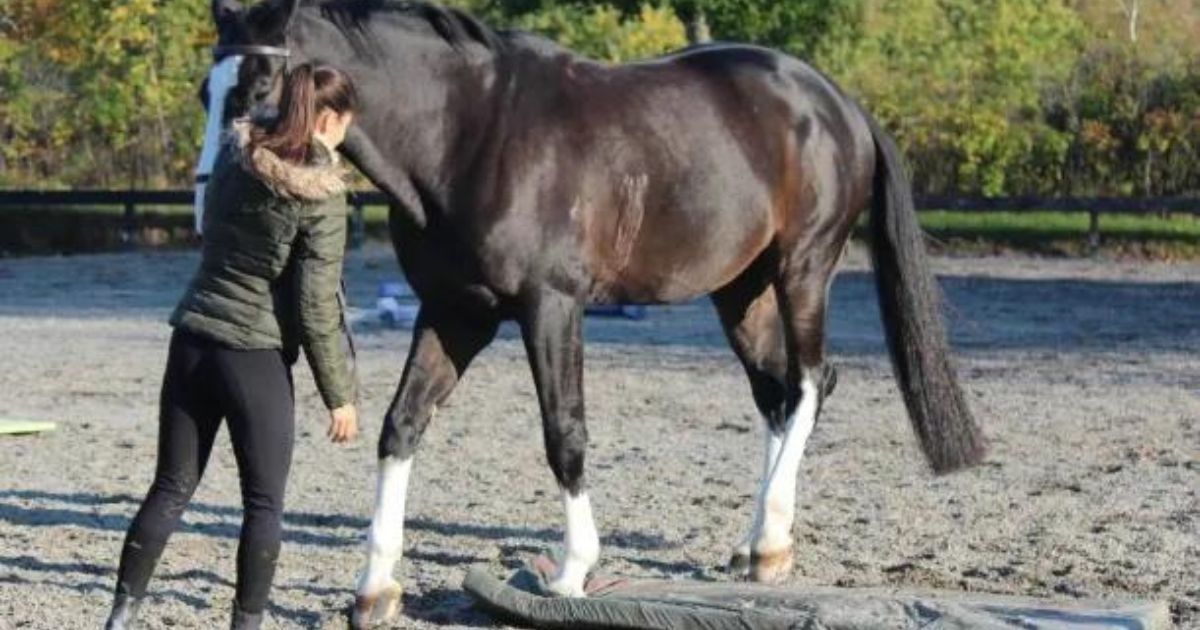
Horses can certainly do pilates, and most of them enjoy it too. However, it doesn't involve lying down on a mat as it often does with humans. The purpose of pilates is the same, regardless of whether the practitioner has two or four legs; namely, to optimize strength, balance, coordination, and body awareness.
When we mount our horses, we inevitably put wear and tear on their musculoskeletal system. To ensure that our horses can actually withstand what we subject them to, it's important that we work to optimize their physical form. This can be done, among other ways, through targeted exercises.
In pilates, exercises are designed to enhance core stability, create strength, flexibility, and body awareness. This is crucial to maintain the horse's ability to perform without breaking down along the way.
Core stability, balance, and strength are, in other words, just as important for the horse as for the rider. Besides a healthy posture, it can contribute to more effective training, improved performance, and can reduce the risk of injury. And it's a pleasant and fun supplement to riding, which can even help strengthen the partnership in the equestrian team.
Read also: Flexibility exercises for the older horse
Pilates was developed by Joseph Pilates, an expert in movement and biomechanics. He created a system of exercises and stretches, all based on the theory that a strong core system supports the back and minimizes the risk of muscle injuries.
Pilates exercises for horses work, among other things, to improve the horse's posture and movement. Furthermore, they can help the body find the fine balance between elasticity and flexibility. It's precisely here that the horse's body has the opportunity to perform optimally and even with significantly less risk of injury, strain, or tension.
Stimulation and strengthening of the core muscles can be achieved through correct work with the horse in riding. But there are also a number of ground exercises that finely work with the core muscles without the load from the rider. Pilates, for example.
Pilates strengthens and makes more flexible the very muscles that ensure good posture, and assist in carrying the rider. Things that we, as riders, have a great interest in. Furthermore, pilates can be an important part of a rehabilitation program, where you can go in and strengthen specific muscles or areas on the horse.
Read also: The horse owner: Never have I ever...
This exercise is good for increasing flexibility and elasticity in the back. It also works on stimulating the chest sling and abdominal muscles, both of which are important in maintaining a proper posture.
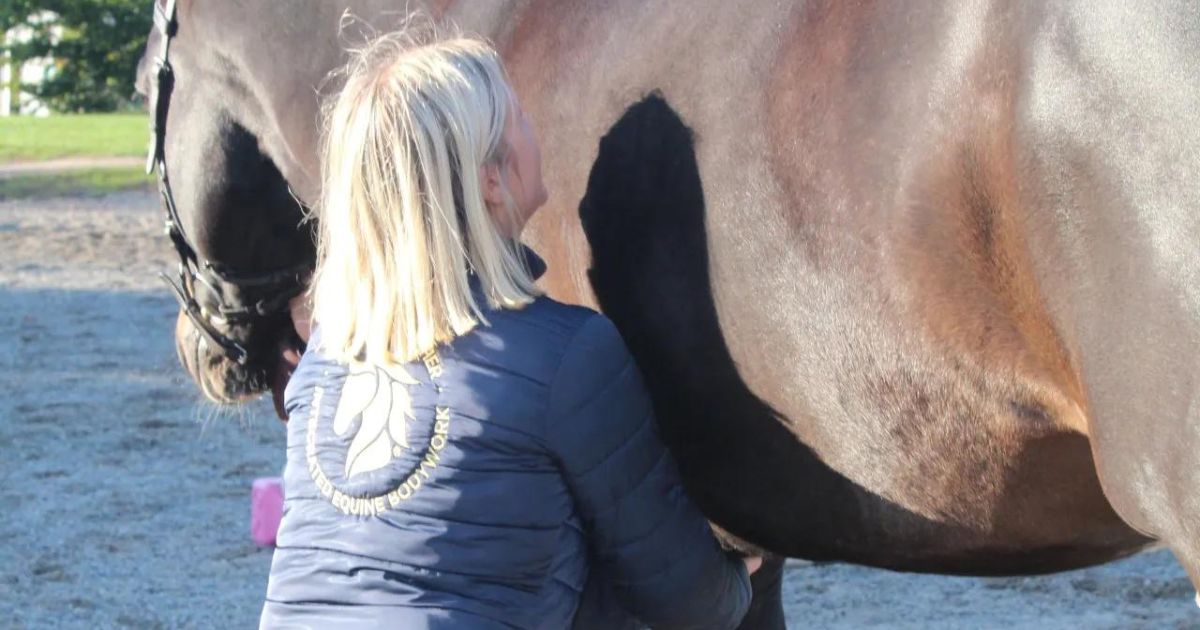
Goal: The exercise stimulates the muscles around the chest sling and the abdominal cavity. These muscles are important for optimizing back posture and are crucial in carrying the rider's weight.
This exercise is good for lifting and bending the back. It strengthens the muscles and structures that activate the hind legs and help in carrying the rider's weight. You might call this exercise an inverse collection.
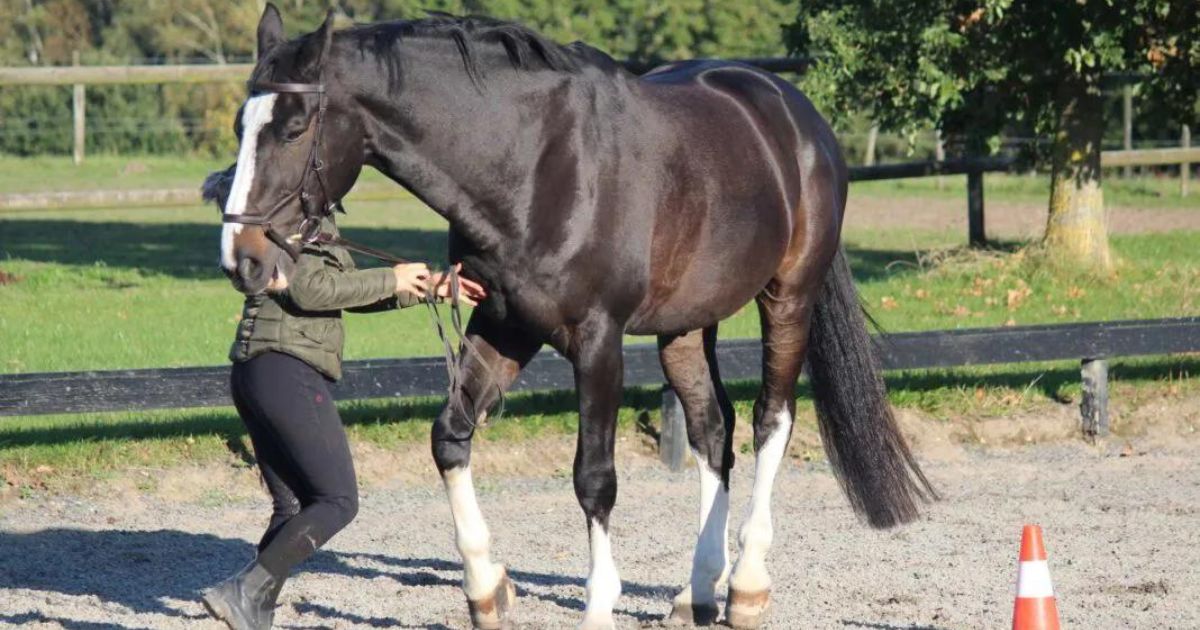
Goal: To lift and bend the back and to strengthen the muscles that help in carrying the rider.
Read also: No riding arena? How to still make the most of your training
This exercise is good for increasing flexibility in the back and the lower part of the neck. It contributes to a healthy back posture, and also increases the body's ability for lateral bending. In short, it's a thorough and effective stretching exercise.
Remember, stretching exercises should be done when the horse is warmed up, for example, after riding.
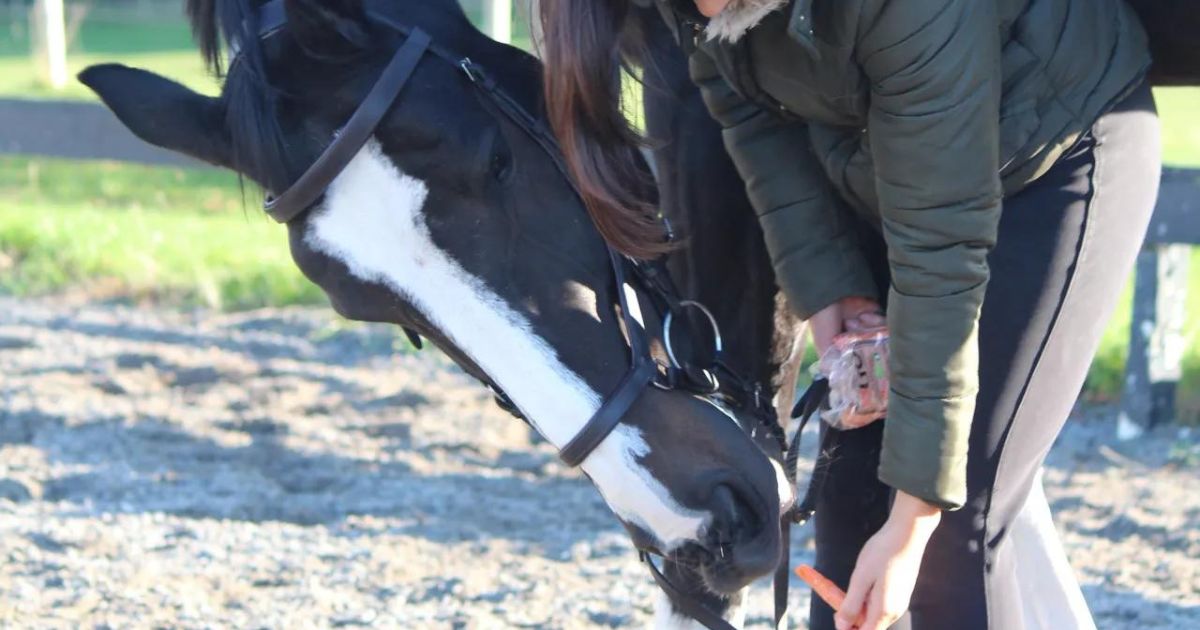
Goal: To increase core stability, strengthen abdominal muscles, enhance the flexibility of the back, and overall suppleness.
This exercise is beneficial for increasing flexibility and elasticity through the shoulders, elbows, hips, knees, and hocks. This occurs as the joints flex and extend, and blood circulation increases in the surrounding soft tissues.
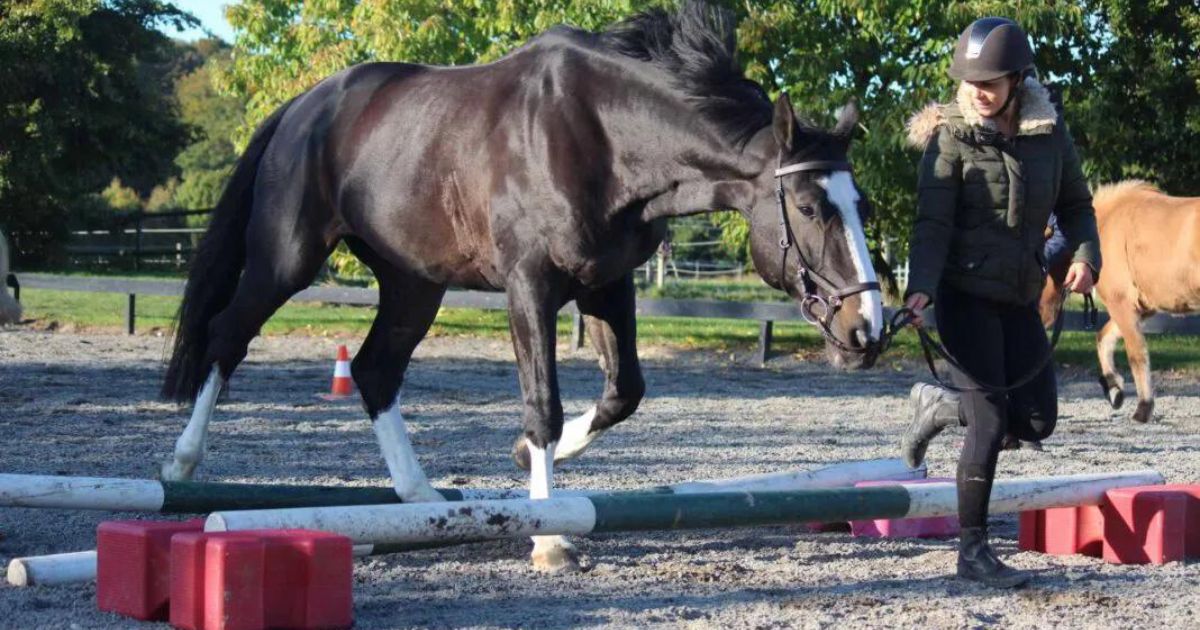
Goal: to strengthen the muscles and structures that assist in bearing weight, hip flexion, and stability around the pelvis. The exercise is also effective for making structures around the shoulder, hip, knee, and hock more supple.
This exercise is effective for increasing flexibility and movement in the joints and muscles used in lateral movements.
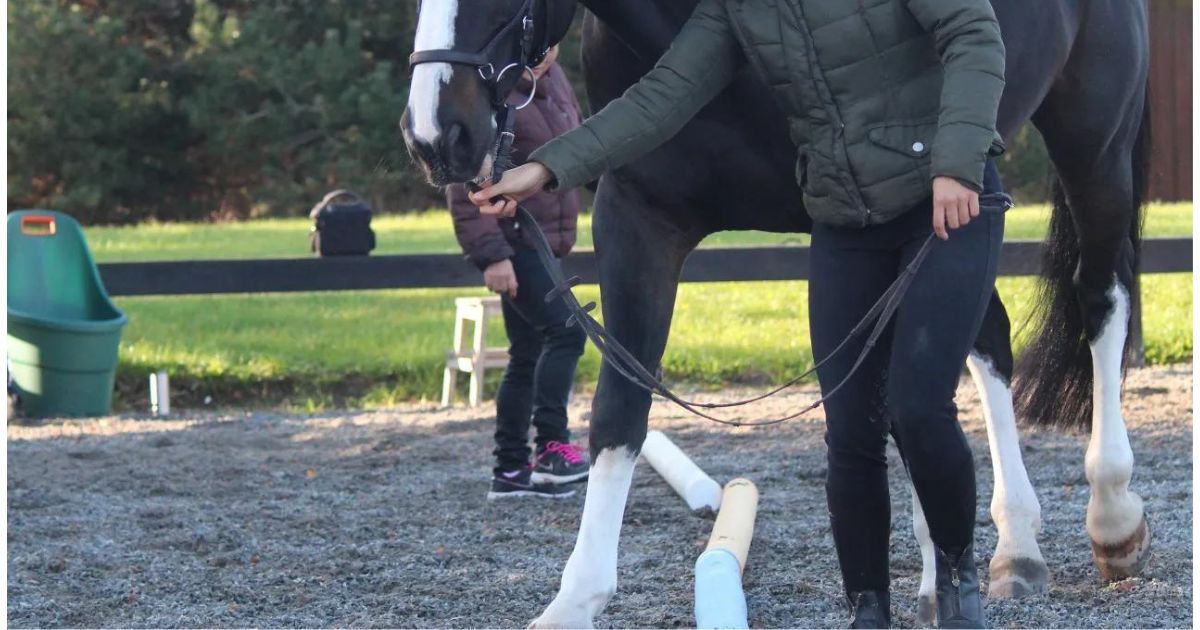
Goal: For the horse to lift and bend its back, hips, shoulders, and elbows, as well as hocks and knees. You are also working to strengthen the muscles and structures involved in activating the hind knees, hip flexion, and stabilization of the pelvis. The exercise also strengthens the structures the horse uses when making lateral movements.
Read also: 3 creative pole exercises that can benefit any pair
Ensure to perform the exercises at a calm pace and with a low head position – this optimizes the results.
If you are interested in reading more about pilates, the horse's musculoskeletal system, and exercises to relieve tension and stress in the horse's body, you can find inspiration in the book “Pilates and Stretching for Horses” by Gillian Higgins.
Sources:
“Pilates and Stretching for Horses” by Gillian Higgins